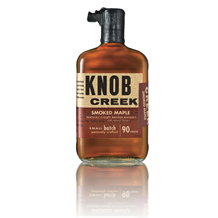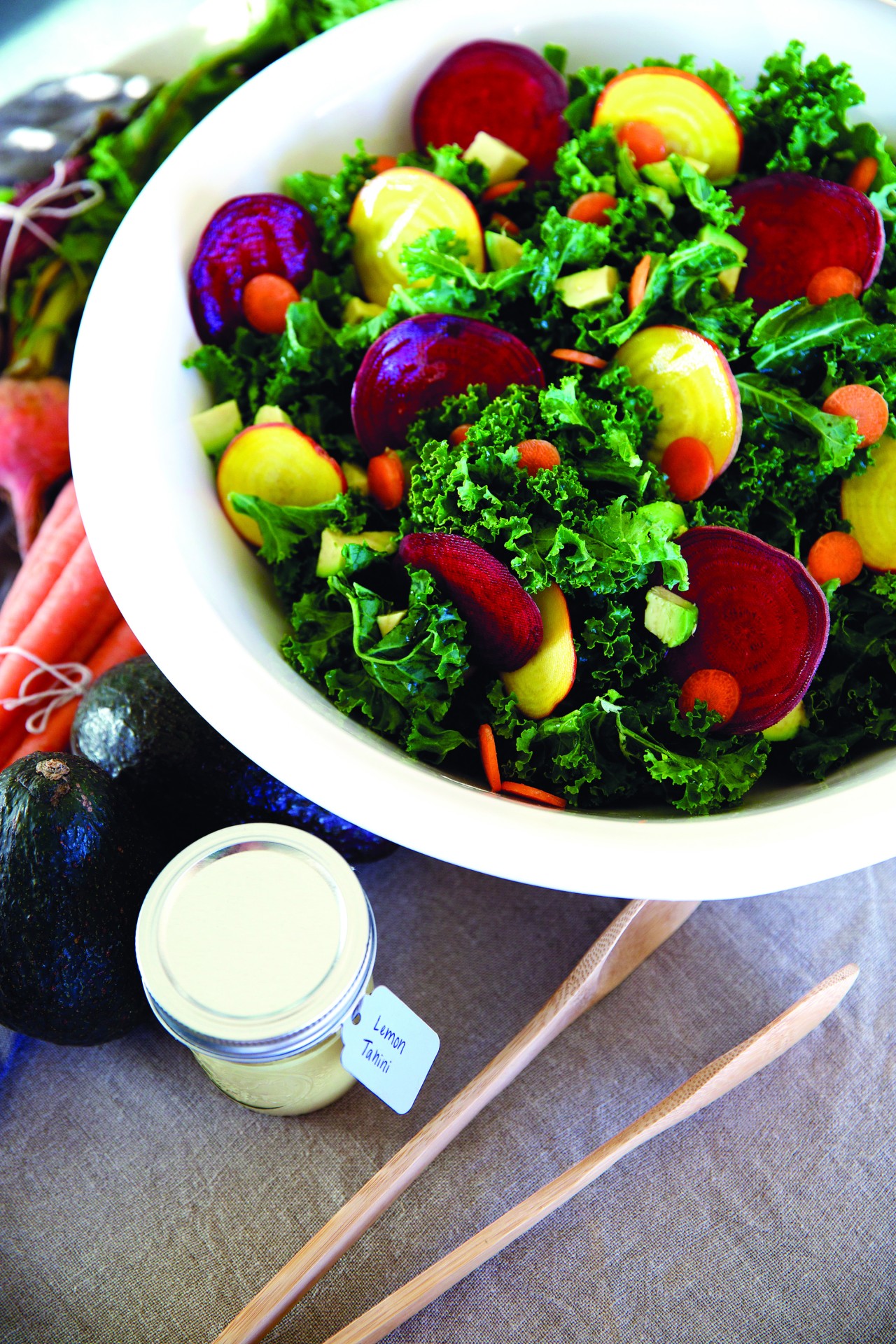Replacing established ingredients can affect physical properties to the detriment of texture. How can producers introduce plant-based alternatives and maintain customer acceptance in the confectionery sector?
Confectionery Texture Analysis – Food & Beverage Magazine
‘Plant-based’ is a more appealing marketing label than vegan, and consumer uptake of these foods is on the increase. These alternatives need to hit the sensory mark in terms of visual appeal, smell and taste, but also ensure they don’t fall at the last hurdle; texture. Confectionery is often a treat—texture must be right—and with this sector having such a diverse range of product types, the challenge of controlling consistency is significant.
The structure of plant-based proteins differs from animal-sourced, and this variation impacts mouthfeel in several ways. How crunchy, gooey, chewy or viscous food feels in the mouth depends ultimately on its physical properties—how does it deform when bitten and chewed. Taste alteration is also a strong side effect, and the changes to formulation that may be driven by modifying the taste can also further modify texture.
Making sense of the science
Taste is subjective, but texture is objective. How hard, elastic, springy or sticky a material is can be explicitly measured. A Texture Analyser is an instrument that compresses, shears, bends or penetrates a food sample in a manner replicating a human interaction—squeezing, snapping, biting, chewing—and measures the force needed to do so. The resulting data are correlated to a human ‘expert’ or sensory panel who decide on ideal and unacceptable.
Now the brand has a repeatable QA testing system on a machine which indicates a pass or fail that the food texture is on target—ideal for use in production process control departments. Additionally, the level of detail afforded by the results enables NPD food technologists (and universities and research laboratories) to scientifically determine multiple attributes for a complete texture profile analysis (TPA), optimise cooking parameters and evaluate the effect of supplier ingredient variance.
Three flavours of confectionery test
What makes the confectionery sector’s products particularly sensitive to ingredient substitutions? Unique and interesting textural properties are critical for the success of these constructed products, which often need to deliver on multiple textures in one bite. Already under-pressure to review sugar content, plant-based demands add another variable that manufacturers need to control.
Bar snacks
The countline snack bar has diversified into several sectors from pure treat to healthy nutrition. The desired texture is also as diverse—from hard and crunchy to soft and chewy. An indicative test of acceptability is the snap method; replicating deforming and breaking the bar into smaller pieces. The peak force value represents the level of fracturability for a brittle product. Deflection before breakage and work done correlates to a softer texture—whether desired in the fresh sample, or to profile shelf-life through staling. The producer can quantify the impact of the drier, more ‘grainy’ structure of plant-based proteins on products that must fracture in a certain way.
Cream on top
Semi-solid confectionery products like pour-over sauces and dessert puddings, or components like coatings and fillings rely on a level of thickness to meet texture expectations. A thin, runny consistency is usually synonymous with low quality—and a major challenge for the ‘low-fat’ alternative, before ‘plant-based’ was added to the mix. Here, the differing ability of plant proteins in oil-holding capacity, fat retention and viscosity are the challenges to be overcome in achieving the desirable flow—or, more accurately, resistance to flow. An extrusion test is used to measure the viscous behaviour of a semi-solid food by forcing the sample through a restricted opening (‘forward extrusion’) or allowing the mixture to flow back over the compressing plunger (‘back extrusion’). This method is not only essential to the mouthfeel of the product but also influential in processing machine parameters e.g., packaging filling nozzles.
Making the process gel
Gelling agents are particularly instrumental in contributing to confectionery texture, their concentration providing the desired level of thickness and stability, determining how solid the end product is. The Bloom test is an established industry standard to explicitly grade the strength of a gel, for consistent performance when used as an ingredient. The test determines the force needed by a specified probe to depress the surface of the prepared gel by 4 mm without breaking. Replacing gelatine with a plant-based alternative, such as agar or carrageenan, requires accurate measurement of equivalence if the texture and flavour is not to suffer.
Read Also: Sweet Drink or Dessert Without Sugar? Absolutely! – F & B
And to conclude
Hard candy, soft centre, sticky, rich, creamy and smooth; so many confectionery descriptors refer directly to texture, that producers cannot afford to jeopardise customer satisfaction even when one of the most vital ingredients is replaced. In moving to plant-based protein formulations, some sensory markers are a matter of taste, but texture analysis can help to objectively control the rest.








